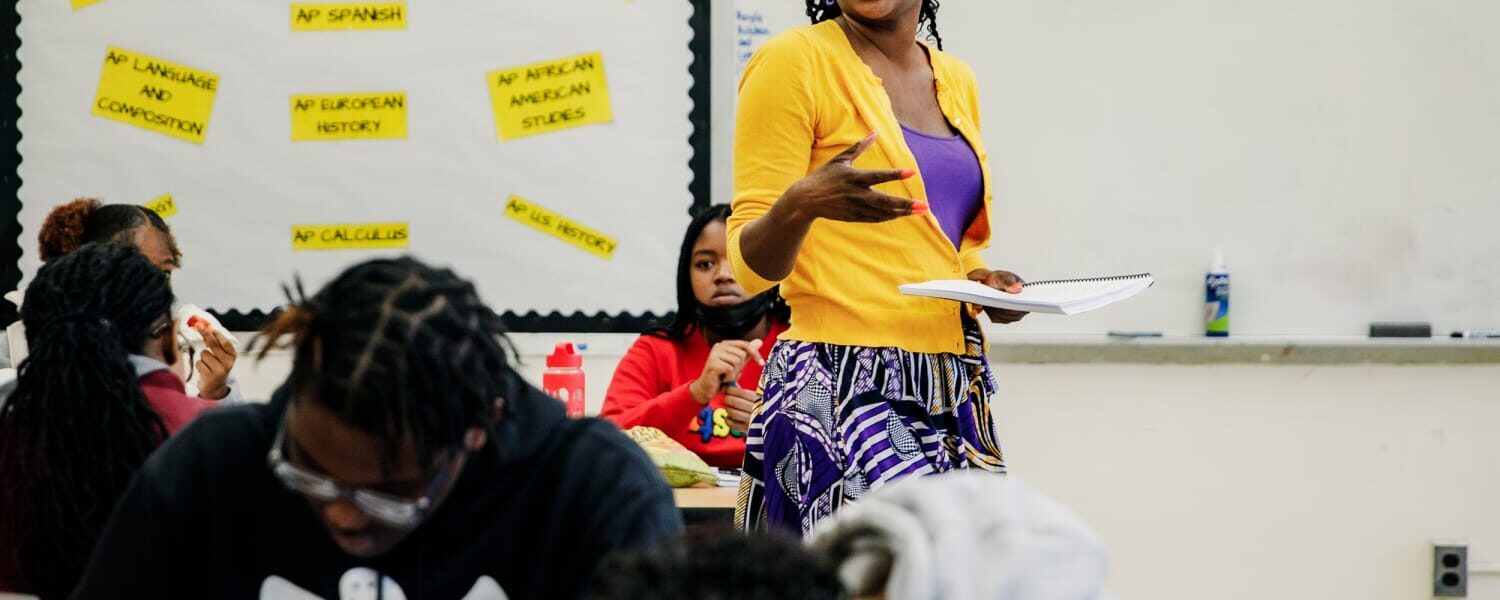In recent years, there has been a pervasive myth circulating about a so-called “post-racial” America. However, as we delve deeper into the realities of our society, it becomes increasingly evident that this myth is just that – a myth. Structural racism persists, permeating various aspects of our lives, including our educational institutions. It’s time to confront this reality head-on and take meaningful steps towards dismantling systemic oppression.
Acknowledging the Reality:
One crucial aspect of addressing structural racism in education is acknowledging and understanding the internal and interpersonal forms of racism that Black individuals face on a daily basis. From overestimating the age and culpability of Black children to the disproportionate disciplinary actions they often face, these forms of discrimination underscore the urgent need for change within our educational systems.
Preserving Innocence:
Moreover, it’s essential to recognize the innocence of Black children and the detrimental impact that denying them this innocence can have on their development. The Black Lives Matter movement serves as a poignant reminder of the ongoing struggle for basic human rights and dignity for Black individuals. As educators, it’s our responsibility to raise awareness of these issues and create spaces where Black voices are valued and heard.
Embracing Social Justice Anti-Racist Curriculum:
To truly address structural racism in education, we must go beyond surface-level initiatives and embrace a social justice anti-racist curriculum that speaks to Social-Emotional Learning from a culturally affirming lens. This includes replacing punitive disciplinary measures with restorative justice practices and empowering Black students to organize and advocate for themselves. Additionally, educators must engage in ongoing self-reflection and growth, practicing what they teach and actively working to disrupt institutional racism.
Envisioning a Future of Equity and Justice:
As we navigate these challenges, it’s important to keep dreaming for better days and envisioning a future where equity and justice prevail. The arts, particularly poetry, can serve as a powerful tool for self-expression and healing within Black communities. By coming together in unity and solidarity, we can create positive change and ensure that every Black child has the opportunity to thrive in a supportive and inclusive educational environment.
Black SEL passionately calls upon Black educators to champion this vision, empowering and equipping every Black child and adult to not just dream but to flourish, nurturing their social-emotional well-being and propelling forward the growth of the Black economy.
By: Kristen Hopkins



